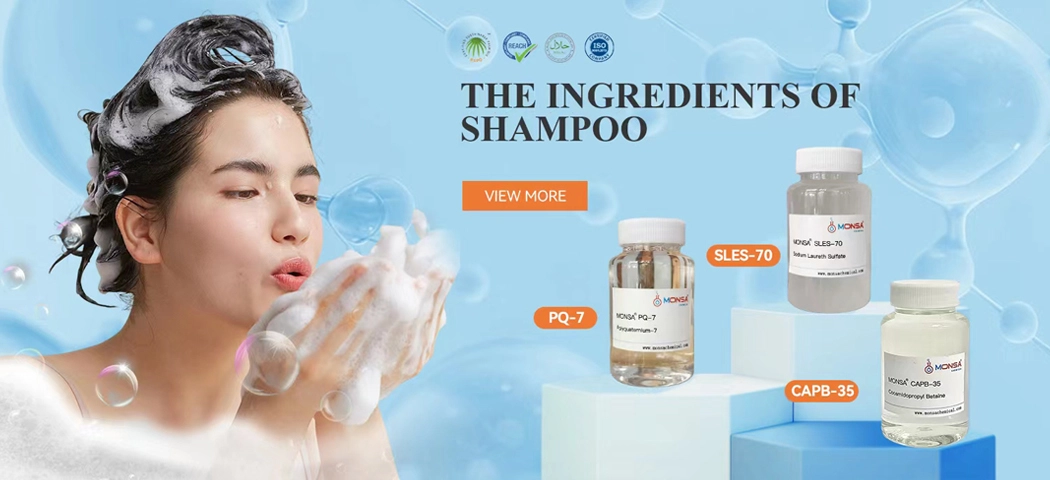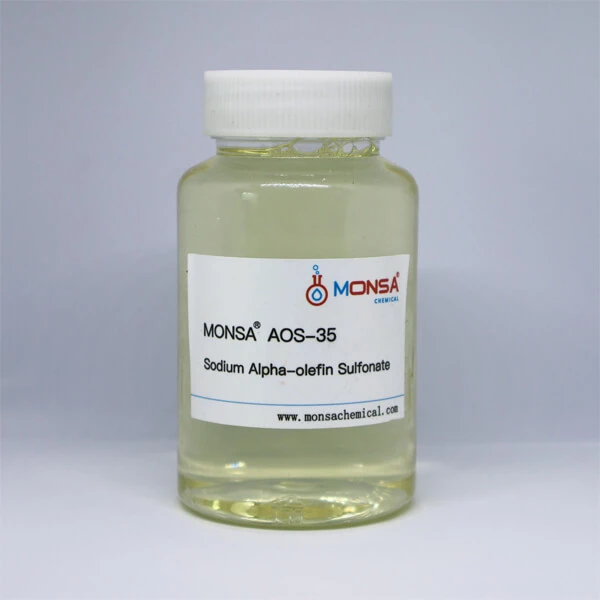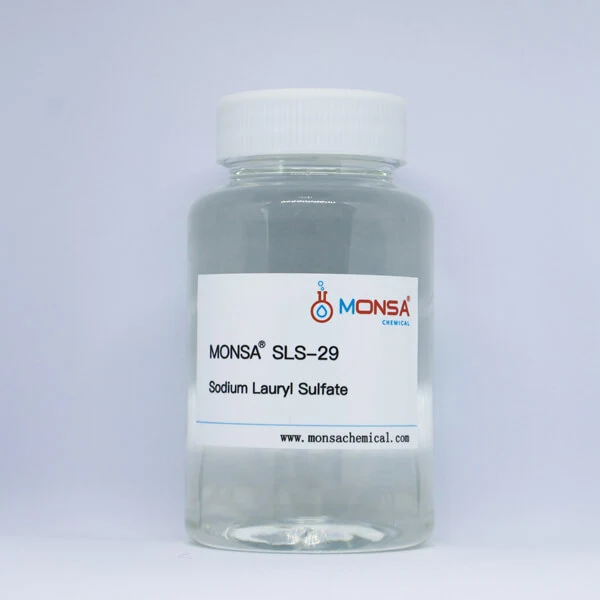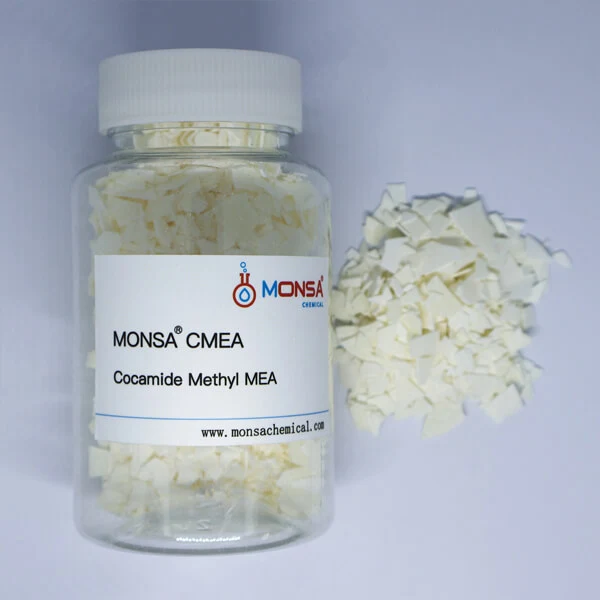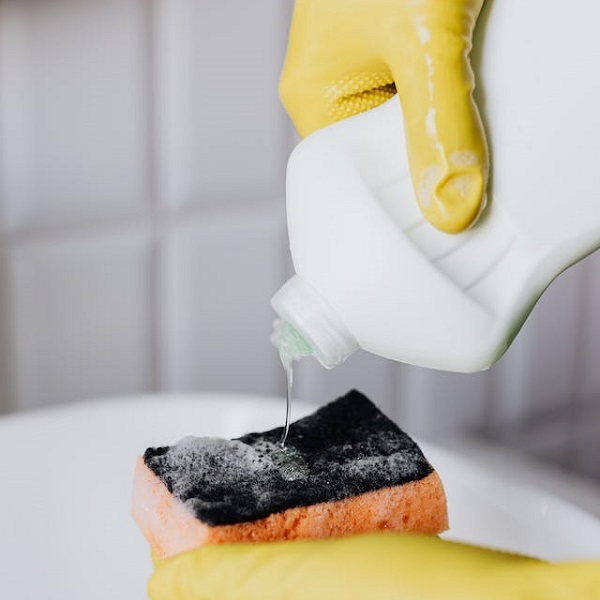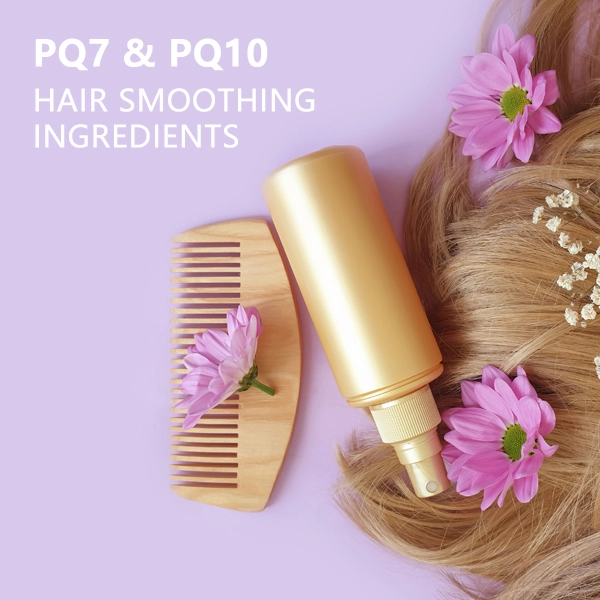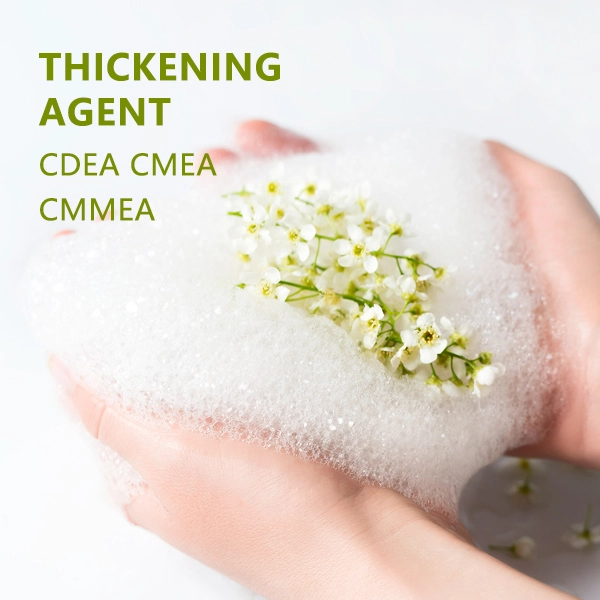Alkyl Polyglucoside (APG), abbreviated as APG, are synthesized from renewable resources such as natural fatty alcohols and glucose. It is a versatile new type of non-ionic surfactant, combining the characteristics of both conventional non-ionic and anionic surfactants. APG exhibits high surface activity, excellent ecological safety, and compatibility, making it internationally recognized as the preferred "green" functional surfactant.
Properties of Alkyl Polyglucoside
Alkyl Polyglucoside APG are condensation reaction products of sugar compounds and higher alcohols. They are derived from natural sources such as corn starch or potato starch, combined with coconut oil or palm oil (glucose and fatty alcohols), among others.
It possesses the following unique properties:
Exhibits excellent surface activity and wetting properties.
Capable of complete biodegradation, causing no environmental pollution.
Non-toxic, with no irritability to the eyes or skin.
No cloud point.
Soluble in water, insoluble in typical organic solvents.
Appearance
Pure APG is a white solid. However, actual products may vary in color, ranging from cream, pale yellow to amber, due to differences in composition. Industrial-grade APG is a hygroscopic solid.
Surface Tension
Sugar glycosides with alkyl carbon chain lengths greater than 8 exhibit excellent surface properties. Table 1 illustrates the relationship between surface tension and concentration for dodecyl monoglucoside.
HLB Value
Through the determination of the HLB values for various APGs, it has been observed that alkyl carbon chain lengths in the range of 8 to 10 exhibit a solubilizing effect, while those in the range of 10 to 12 demonstrate excellent cleaning power, making them suitable as detergents. With longer carbon chains, there is an additional capability for W/O-type emulsification and even wetting.
As the alkyl carbon chain length of APG increases, the surface tension significantly decreases, reaching its minimum value when the alkyl carbon number is 12.
Foaming Ability
As a non-ionic surfactant, APG exhibits high foaming ability and foam stability. The foam generated is fine, rich, thick, and stable. Overall, the foam performance of alkyl polyglucoside is superior to that of the non-ionic surfactant AEO9 but inferior to conventional anionic surfactants.
Solubility
APG contains a hydrophilic group composed of condensed glucose, with the hydrophilic position being the hydroxyl group on the dimeric unit. Its hydration ability is stronger than that of the ethylene oxide group. Consequently, APG exhibits excellent water solubility, dissolving readily and forming stable solutions. Even in the presence of high concentrations of inorganic additives, its solubility remains good, allowing the formulation of alkyl polyglucoside solutions containing 20% to 30% common inorganic salts. The solubility of APG in water decreases with increasing alkyl chain length and increases with higher degrees of polymerization. APG solutions in water are free from turbidity and do not form gels. The solubility performance and solution properties of alkyl polyglucoside contributes to its extensive compatibility.
Biodegradability and Safety
Through experimental testing, APG has been found to be essentially non-toxic, non-irritating, and exhibits excellent biodegradability, degrading rapidly and completely. APG demonstrates very low irritation to eye mucosa and minimal irritation to the skin in primary tests. Its irritation index is comparably lower than that of sodium lauryl sulfate (SLS), sodium lauryl ether sulfate (SLES), and sodium lauryl ether sulfosuccinate (SB3). APG is gentle, non-toxic, and has a mild effect on the human body.
Applications of Alkyl Polyglucoside
In addition to possessing excellent performance typical of traditional surfactants, APG exhibits unique qualities such as non-toxicity, non-irritation, rapid and thorough biodegradability, surpassing any existing class of surfactants. As a result, it is highly favored in numerous fields, showcasing a broad range of applications.
Dishwashing Detergent
Traditional kitchen detergents, primarily composed of LAS/AEO, require the addition of a significant amount of toxic solvents such as alkyl oxides to improve performance due to their poor solubility and mildness. Additionally, AEO exhibits weak foaming capability. In contrast to AEO, APG offers excellent solubility, mildness, foaming power, and degreasing properties. There is a synergistic effect between LAS and APG, with improved foam performance and CMC values compared to individual components. The foam performance and irritability of LAS/APG remain consistent and do not vary with water hardness. The mixture's irritability is nearly identical to that of APG alone. APG is easy to rinse, leaves no stains, and provides a refreshing and comfortable user experience, making it a primary component in the new generation of dishwashing detergents.
Application in Cosmetics
Due to the mild, non-toxic, and non-irritating nature of alkyl polyglucoside made from natural ingredients, along with their excellent emulsifying and moisturizing properties, softening effects, and nurturing qualities, they perfectly align with the requirements of modern cosmetics. Formulating cosmetics with APG results in products that exhibit outstanding nourishing, moisturizing, softening, and lubricating effects, making them highly popular. As APG lacks a cloud point and gel formation, demonstrating good solubility, it serves as an excellent emulsifier. The emulsion performance remains stable and can be stored over a wide temperature range, thereby expanding its use in cosmetics. Hair styling products prepared with APG can reduce damage to the hair, protect it, and extend the duration of the hairstyle due to its stable emulsion properties.
Monsa APG Series
| Product Name | INCI Name | CAS No. | Appearcance | Content |
| MONSA® APG 0810-50 | Alkyl Polyglycoside | 68515-73-1
110612-47-9 | Light yellow liquid | ≥50 |
| MONSA® APG 0810-70 | 60~70 |
| MONSA® APG 0814-50 | Alkyl Polyglycoside | ≥50 |
| MONSA® APG 1214-50 | Alkyl Polyglycoside | ≥50 |

